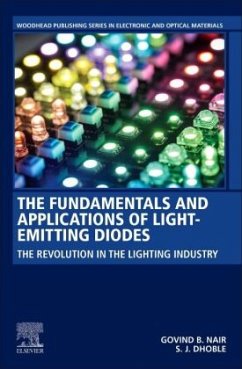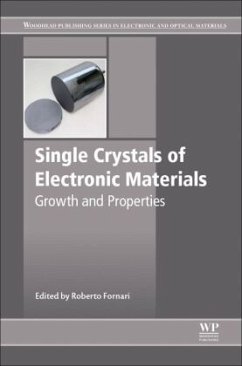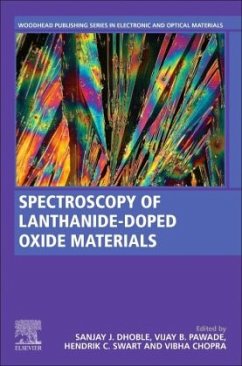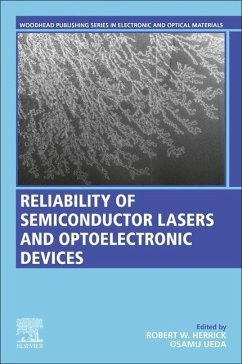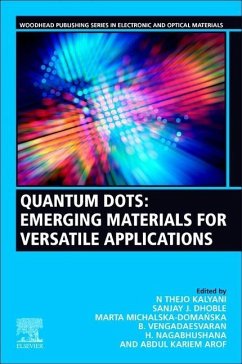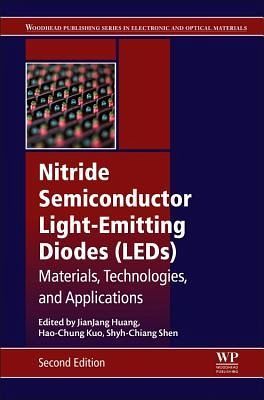
Nitride Semiconductor Light-Emitting Diodes (Leds)
Materials, Technologies, and Applications

PAYBACK Punkte
131 °P sammeln!
Nitride Semiconductor Light-Emitting Diodes (LEDs): Materials, Technologies, and Applications, Second Edition reviews the fabrication, performance and applications of the technology, encompassing the state-of-the-art material and device development, along with considerations regarding nitride-based LED design. This updated edition is based on the latest research and advances, including two new chapters on LEDs for large displays and laser lighting. Chapters cover molecular beam epitaxy (MBE) growth of nitride semiconductors, modern metalorganic chemical vapor deposition (MOCVD) techniques, the...
Nitride Semiconductor Light-Emitting Diodes (LEDs): Materials, Technologies, and Applications, Second Edition reviews the fabrication, performance and applications of the technology, encompassing the state-of-the-art material and device development, along with considerations regarding nitride-based LED design. This updated edition is based on the latest research and advances, including two new chapters on LEDs for large displays and laser lighting. Chapters cover molecular beam epitaxy (MBE) growth of nitride semiconductors, modern metalorganic chemical vapor deposition (MOCVD) techniques, the growth of nitride-based materials, and gallium nitride (GaN)-on-sapphire and GaN-on-silicon technologies for LEDs. Nanostructured, non-polar and semi-polar nitride-based LEDs, as well as phosphor-coated nitride LEDs, are also discussed.
The book also addresses the performance of nitride LEDs, including photonic crystal LEDs, surface plasmon enhanced LEDs, color tuneable LEDs, and LEDs based on quantum wells and quantum dots. Further chapters discuss the development of LED encapsulation technology and fundamental efficiency droop issues in gallium indium nitride (GaInN) LEDs.
It is a technical resource for academics, physicists, materials scientists, electrical engineers, and those working in the lighting, consumer electronics, automotive, aviation, and communications sectors.
The book also addresses the performance of nitride LEDs, including photonic crystal LEDs, surface plasmon enhanced LEDs, color tuneable LEDs, and LEDs based on quantum wells and quantum dots. Further chapters discuss the development of LED encapsulation technology and fundamental efficiency droop issues in gallium indium nitride (GaInN) LEDs.
It is a technical resource for academics, physicists, materials scientists, electrical engineers, and those working in the lighting, consumer electronics, automotive, aviation, and communications sectors.




